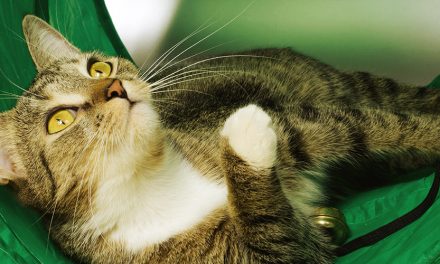The birth is an extremely natural event that animals face with dignity and dedition. It happens after 60/62 days after the mating ( to know the exact date it will help to train ourselves in the best way). But in some races, or under some conditions, times could be shortened or extended.
Once understood the supposed date, you will need to think about some details, as for example to decide if to take care of the birth by ourselves or if to ask for the Veterinary’s help. In the case your choice is the first, here they are some advice: first of all you have to prepare a “ birth room” in a quiet place, which is suitable both to the size of the mother and to the number of puppies; this is more valid for dogs, cat mothers could prefer a corner in our wardrobe.
Sometimes a big box can be enough or a proper container, what is important, it ha sto be comfortable for the mother, who will have to enter and go out easily, safe for the puppies who will not have to fall or roll outside or hurt with acute corners or other.
A blanket or a sheet can be present, which will have to be changed often to avoid it rests dirty: the mother, besides of the losses during the birth, will have them also for many days after.You may also need to locate a heating lamp to keep temperature over the puppies correct: the hypothermia always rests a big problem for the little ones above all if many.
Manage to get a scale (the kitchen one is fine), since the puppies once born will have to be weighed and the value has to be recorded on a table to be regularly updated to verify their normal growth. Keep ready some colored ribbons (a different color for each puppy) because if they were all the same gender and without peculiar characteristics, you could easily be wrong.
Though almost never necessary, keep scissors at your fingertip that you will disinfect at the moment to open the amniotic sac or to cut the umbilical cord. Provide then a towel to dry the puppies or to bring them back to life if the mom shouldn’t to that in the proper way. Once all preparations are finished we can devote to her.
Some days before the happy event she will start to be upset, the teats will increase in volume and above all from the lower once some drops of milk could come out. To measure the temperature 2/3 days before the birth will give the certainty of the event: 24 hours, the rectal temperature, usually 38/38,5°, will go down of 1 grade.
The same day, the mom will lick her vulva with insistence (and some blood losses can be found) she refuse food, she can vomit for the nausea and she will have a continuous stirring to urinate for the start of contractions. She will look for a hidden and quiet place, respect it don’t try to move her even it were the most uncomfortable I remember a patient of mine, a Leonbergr who preferred the boot of her master’s car than a comfortable doghouse.
Try to make her quiet, even by caressing her on the belly, then wait for the first real contractions. You will note the increasing of the sizes of the vulva and the appearing of a small “balloon”: it is nothing else than the amniotic sac of the first puppy. The mom will provide to cut it and the umbilical cord and to dry the puppy, until the emission of the first crying, unless she is not able or if she is going to give birth to the second one. I remind that, with difference from the human births, our pets – dogs and cats – have normally podalic births, which are with the cephalic ones.
It is normal that there is a long time between a birth and another. For this reason, it is very important to know exactly the number of the little ones you wait for: we will avoid the risk of retained puppies or with such positions to decide for a caesarian section. Pay attention to long contractions without a positive result, to an evident agitation of the mom. or to the appearance of part of the little one, a small paw for example, in this case contact soon your veterinary.
I remind that it is absolutely normal that the mom eats the placenta of each puppy. As it is normal that she do this with faeces and urine until of each little one until the weaning.











